UH, Toyota researchers develop new cathode and electrolyte for high-power Mg battery rivaling Li-ion
Green Car Congress
DECEMBER 1, 2020
Magnesium batteries have long been considered a potentially safer and less expensive alternative to lithium-ion batteries, but previous versions have been severely limited in the power they delivered. Magnesium ions hold twice the charge of lithium, while having a similar ionic radius. —Dong et al. Tutusaus, O.,




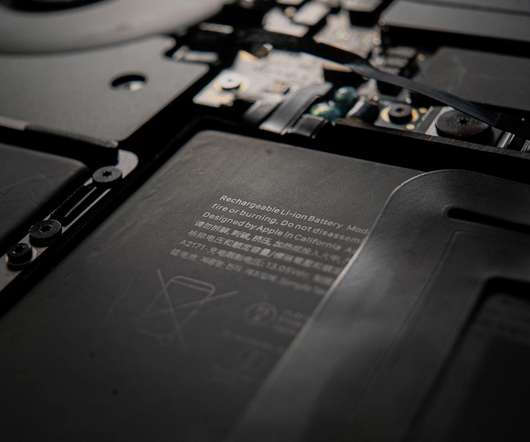









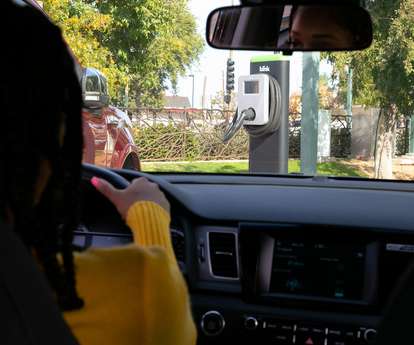


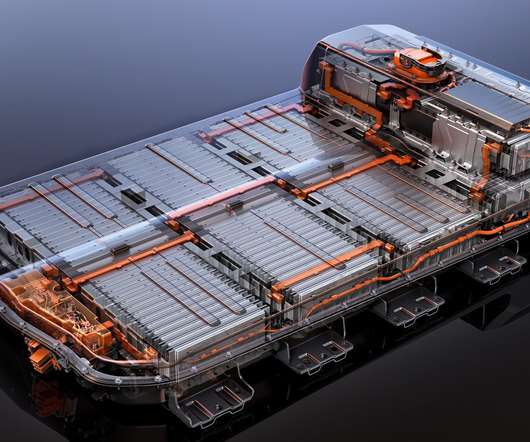







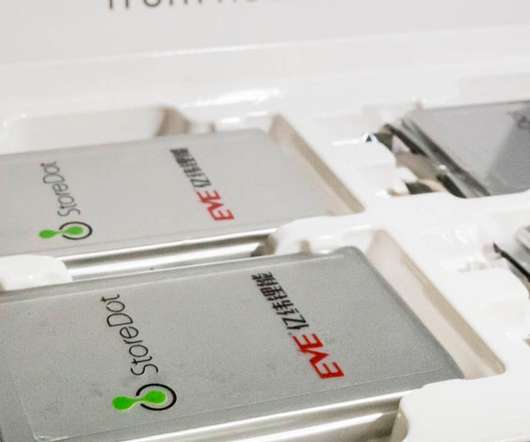
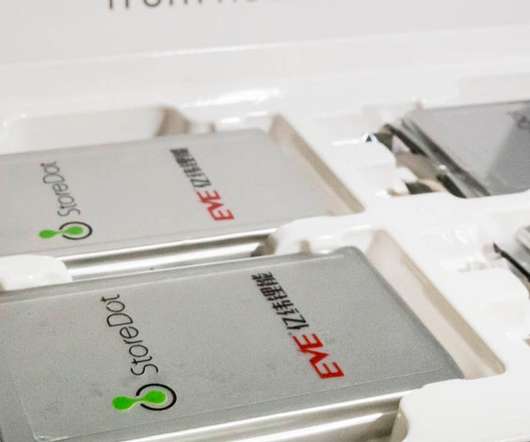
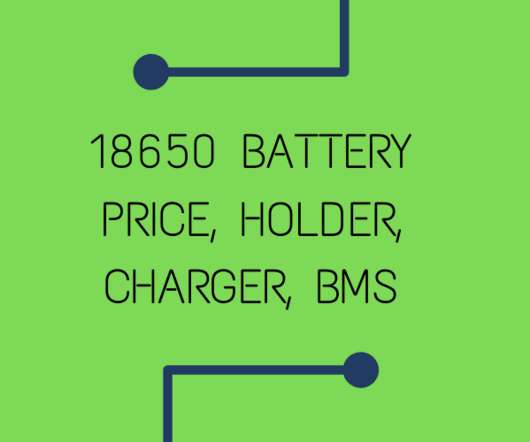
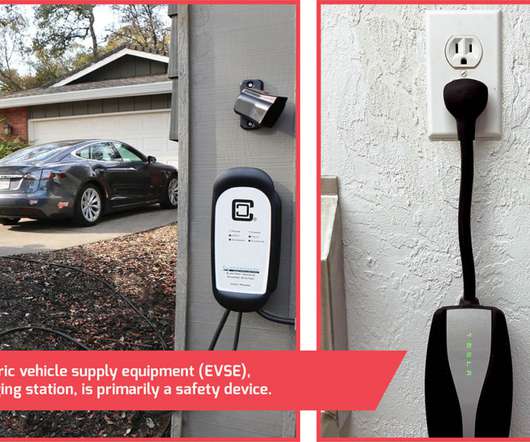








Let's personalize your content